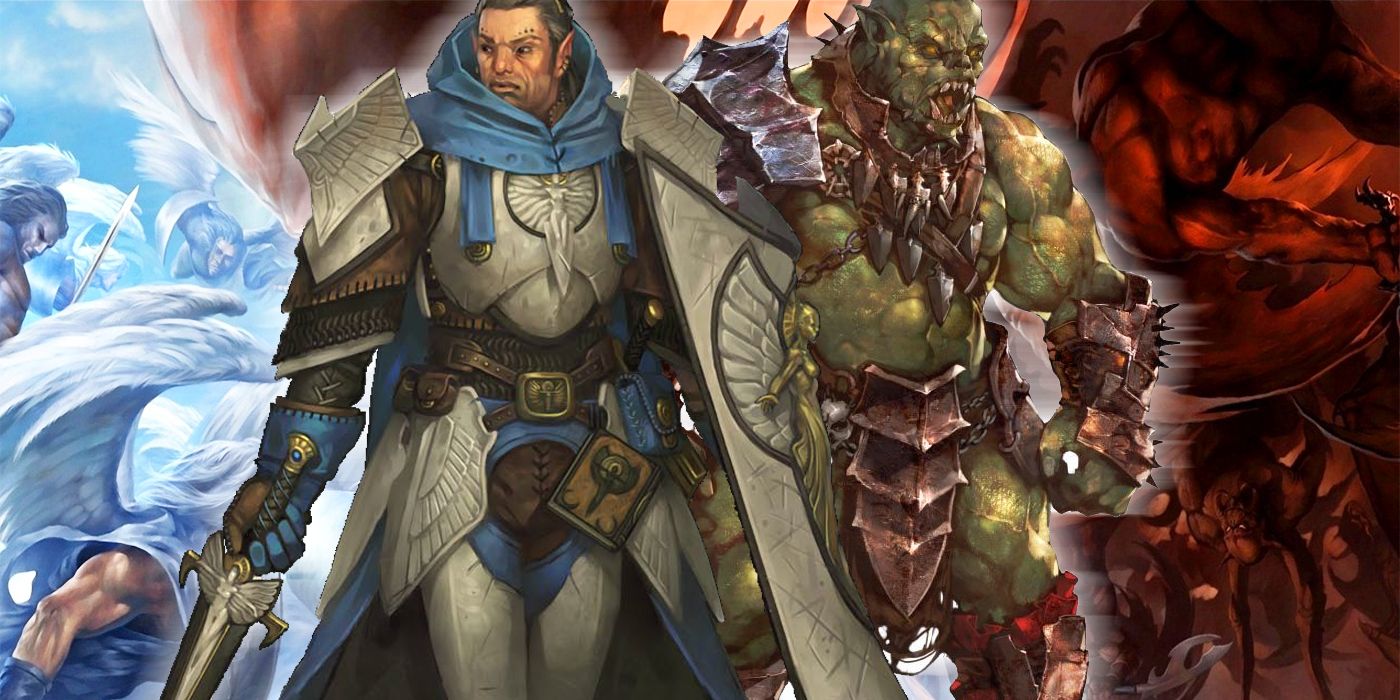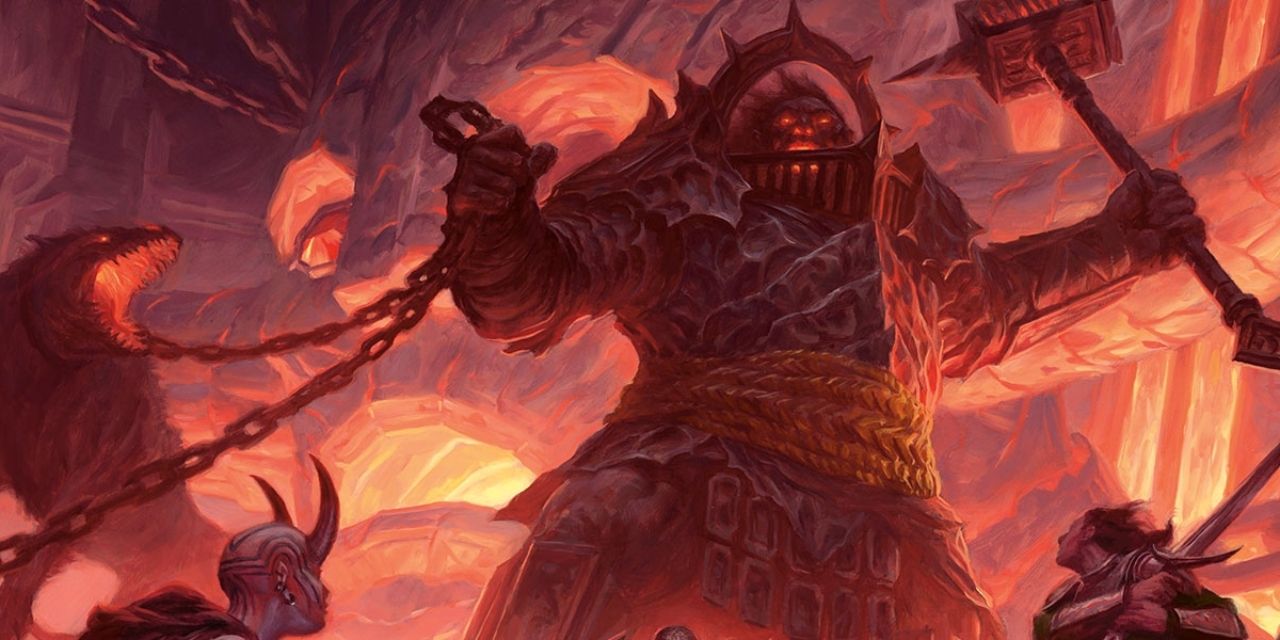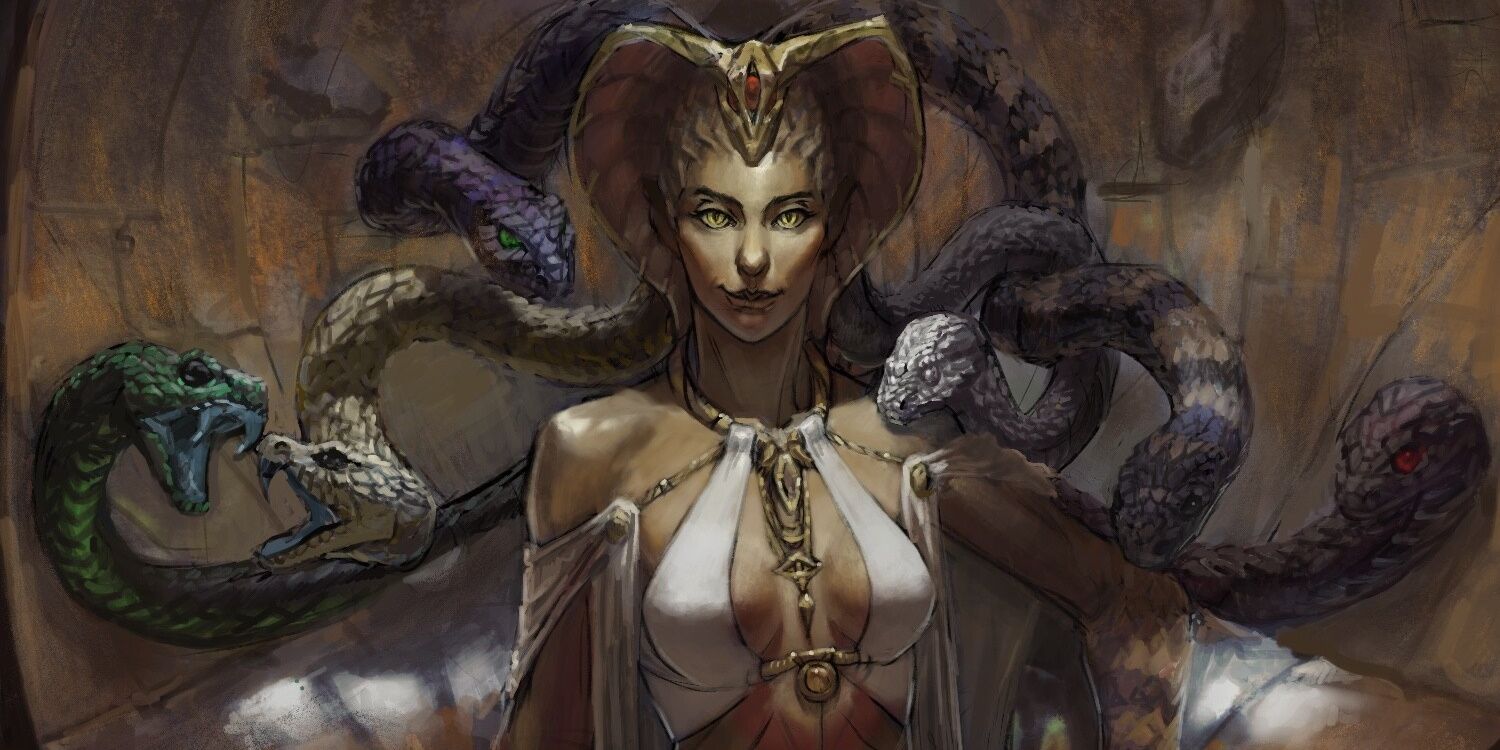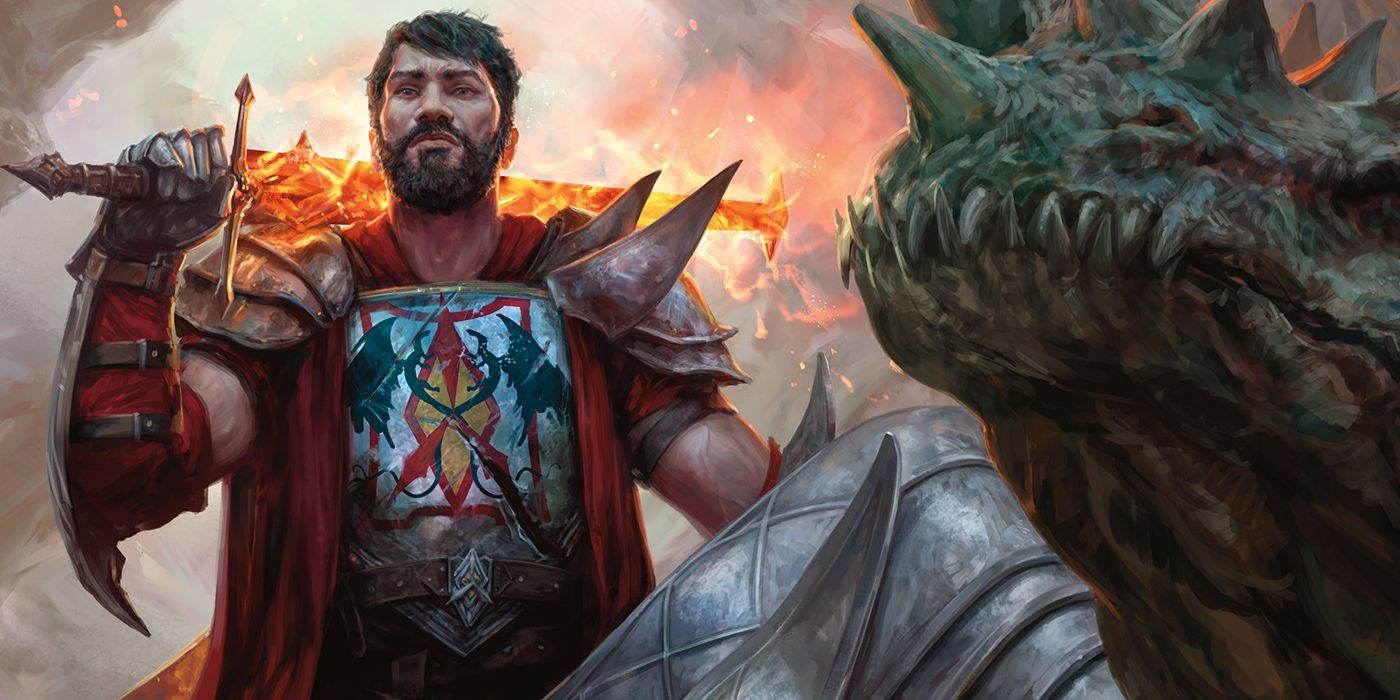Wizards of the Coast recently made the controversial decision to eliminate the concept of evil races from Dungeons & Dragons. That means fictional races typically considered inherently bad -- Orcs, Drow and Trolls, for instance -- are officially no longer deemed evil. While some entities like Demons or Devils are still considered evil by nature, true evil races no longer exist in the canon of the popular role-playing game.
While some players were upset, others were overjoyed. To many, the idea of an entire race being evil is overly simplistic at best and bigoted at worst. That's especially true because some of those fantasy races have long been coded as real-world racial and ethnic minority groups. However, that has caused some to question D&D's entire alignment system: Should the chart, a mainstay of Dungeons & Dragons, remain as it is?
What is Alignment?
Many players, especially new ones, have a vague understanding of the alignment chart. As such, they come up with arguments and questions about that more experienced Dungeons & Dragons players shrug off. However, it's important to understand what alignment is and why it's important to the game.
The common alignment chart features morality on two spectrums: Lawful vs. Chaotic, and Good vs. Evil. Lawful and Chaotic represent how much a character respects the establishment. While a Lawful character obeys a set of laws to the letter, a Chaotic character either rejects the system of order or ignores it. That, for many people, is easy enough to understand. Many characters exist on a spectrum of how much they respect the law.
However, Good and Evil are more nebulous. Our common perspective is that Good means heroic while Evil means villainous, but the reality is a little more complicated. Good is merely selfless, removing your own needs and concerns for the good of others. Meanwhile, Evil is entirely self-serving and/or hedonistic. It's doing what you want for your own betterment or the betterment of your own ideals. Again, like Lawful and Chaotic alignments, Good and Evil exist on a spectrum, with some characters being essentially good while still expressing selfish intent now and again. On the other hand, while many players recognize that "Murder Hobos" are Chaotic Evil, morality less extreme than that always leads to questions.
The question everyone, especially new players, asks is, "What if a character believes what they're doing is right, but it actually hurts others?" A good example is Darth Vader, who murders children in order to restore peace and order to the Galaxy. However, Vader is clearly Evil because his concept of order is entirely self-serving. He's both acting out a petty grudge and forcing his own ideologies onto an entire population. Vader never shows empathy.
However, a new player might run a character like Vader, who slaughters people around them, then try to argue they are at worst Lawful Neutral and, at "best" Lawful Good. After all, morality is a subjective concept, isn't it?
The End of Cosmic Morality
The essential problem is that Dungeons & Dragons does have a cosmic sense of morality. There are representatives of Order and Chaos, as well as Good and Evil. However, in many campaigns, a Dungeon Master might reinterpret the self-presenting Good characters as hypocritical monsters. It's much like Claude Frollo from The Hunchback of Notre Dame, where the character represents God and justice, believing himself to be morally superior when, in actuality, he's a monster.
The problem there becomes, rather than recognize that a villain believes himself to be the hero, some players might see this as a confirmation that Good is in fact evil. This is similar to real "Evil" people, who often convince themselves that what they're doing is justified when all they're really doing is playing into their own insecurities and desires. The problem is that, in many campaigns, morality exists as a cosmic constant, one that must align to the wills of Gods and Monsters as opposed to human behavior. The end of Evil races proves that Dungeons & Dragons needs to move away from concepts of cosmic good and evil, while focusing more on true good and evil: selflessness vs. selfishness.
On this spectrum, you need to ask whether or not a character is mostly good, mostly evil or somewhere in-between. A character with selfish intent who does do good for others isn't Evil; they're most likely Neutral. However, a primarily selfish character who shows empathy and concern for another isn't Neutral by virtue of having a loved one. The problem is that we look at Good and Evil in overly simplistic terms. That's a huge problem, especially when dealing with certain types of characters.
The Paladin Problem
Until Fifth Edition, all Paladins had to be Lawful Good. Paladins as a class were moral defenders of cosmic goodness, being entirely selfless while spreading their particular ideology. However, as many people would point out, just because they follow the laws of their entity does not mean they are good. Fifth Edition rectified this by removing the restriction on what morality Paladins could be. But this leads to a new problem many players have struggled with: if a Paladin doesn't have to be Lawful Good, then what are they?
Paladins are an ideal example of how morality is divorced from the appearance of morality. The Oaths Paladins swear to represent their personal laws, be they Oaths to defend or Oaths to wage war. As a result, we come to this new perspective of morality, where personal ideals become driving motivations rather than vague notions of good or evil. This is how Dungeons & Dragons ought to be played going forward: characters have wants, needs and morals that should guide their actions rather than slavish devotion to "doing good" or "doing evil." With the removal of races that are inherently evil, players and DMs will need to measure their characters based on their self-serving intent rather than obedience to a demon or sadism -- which will result in more nuanced games.




